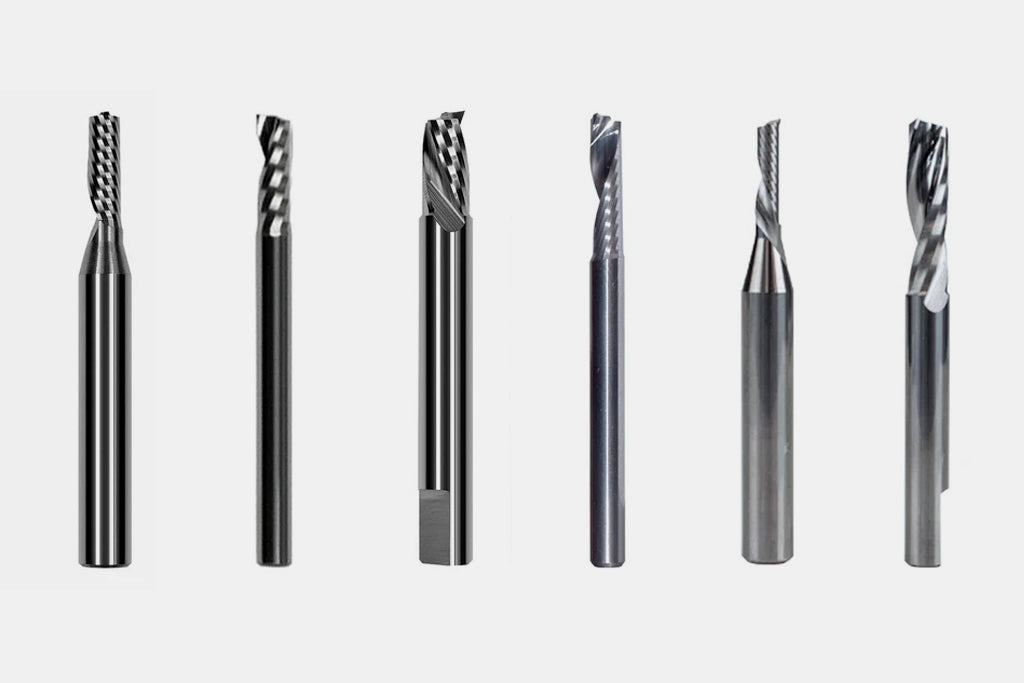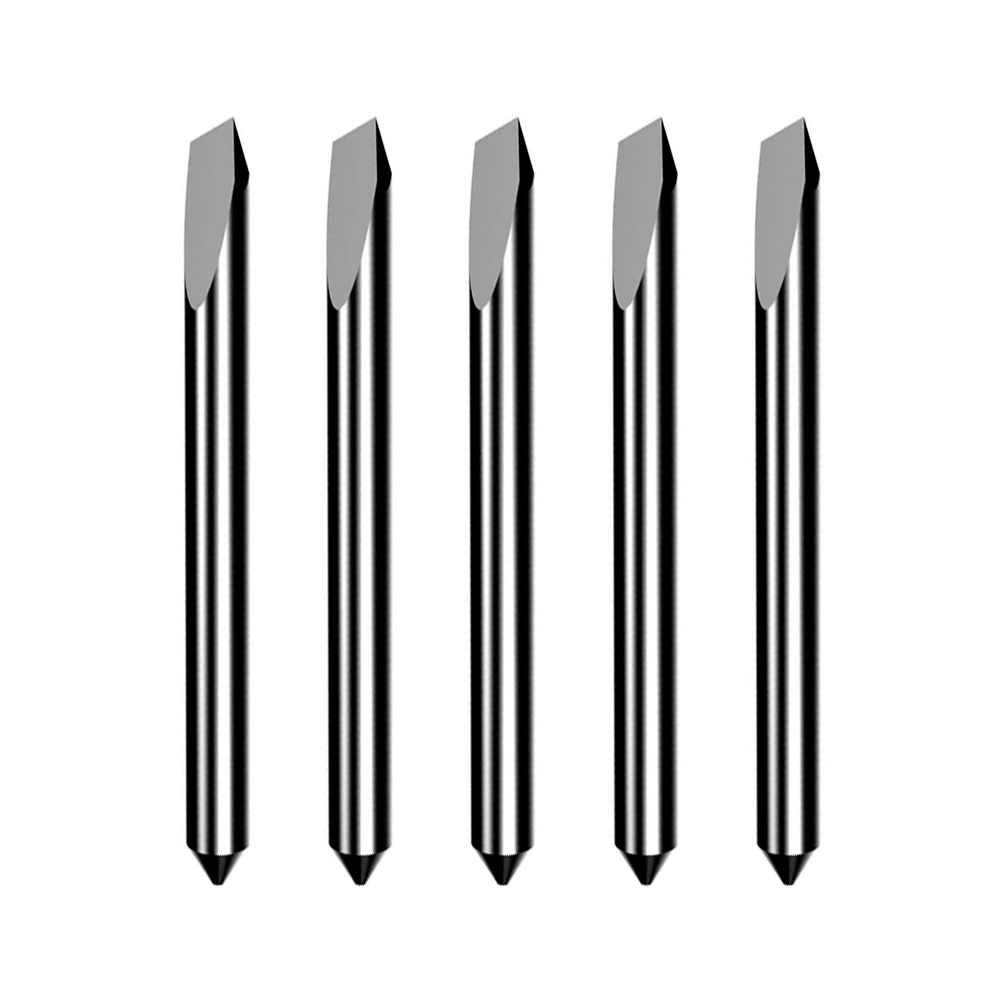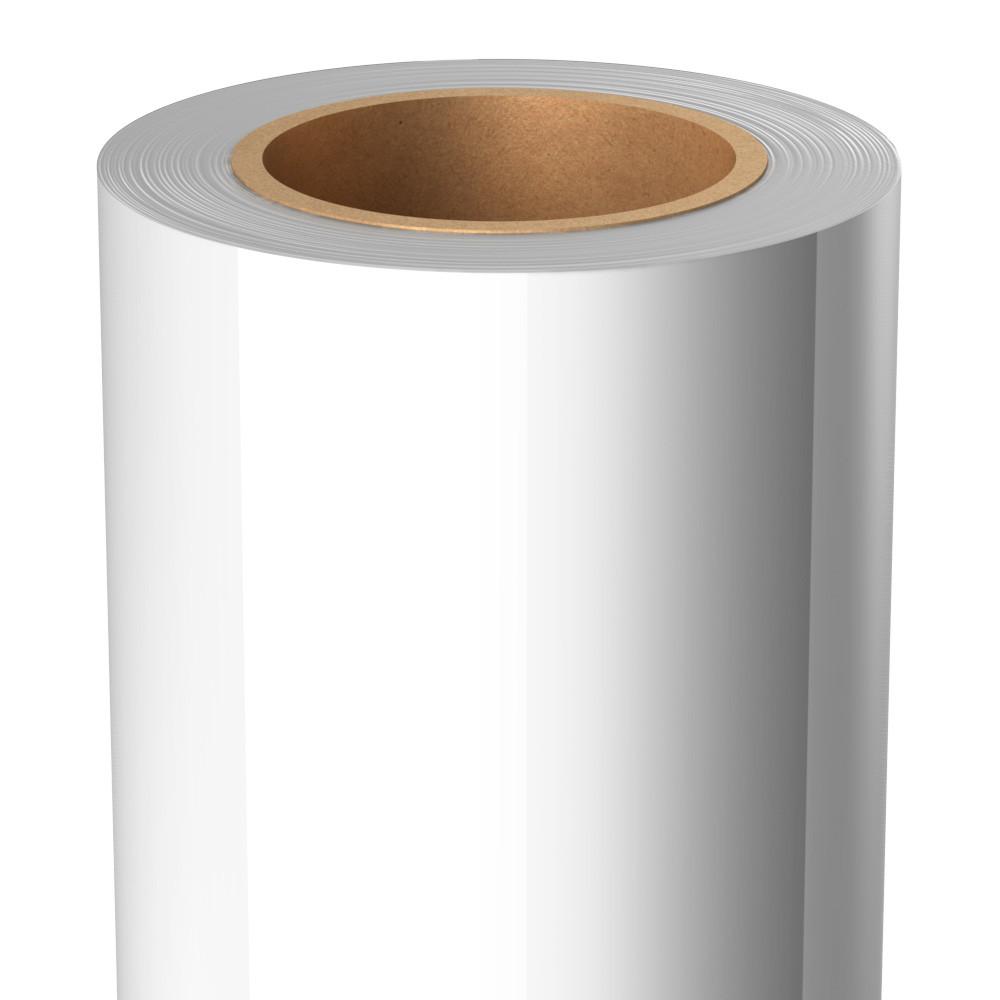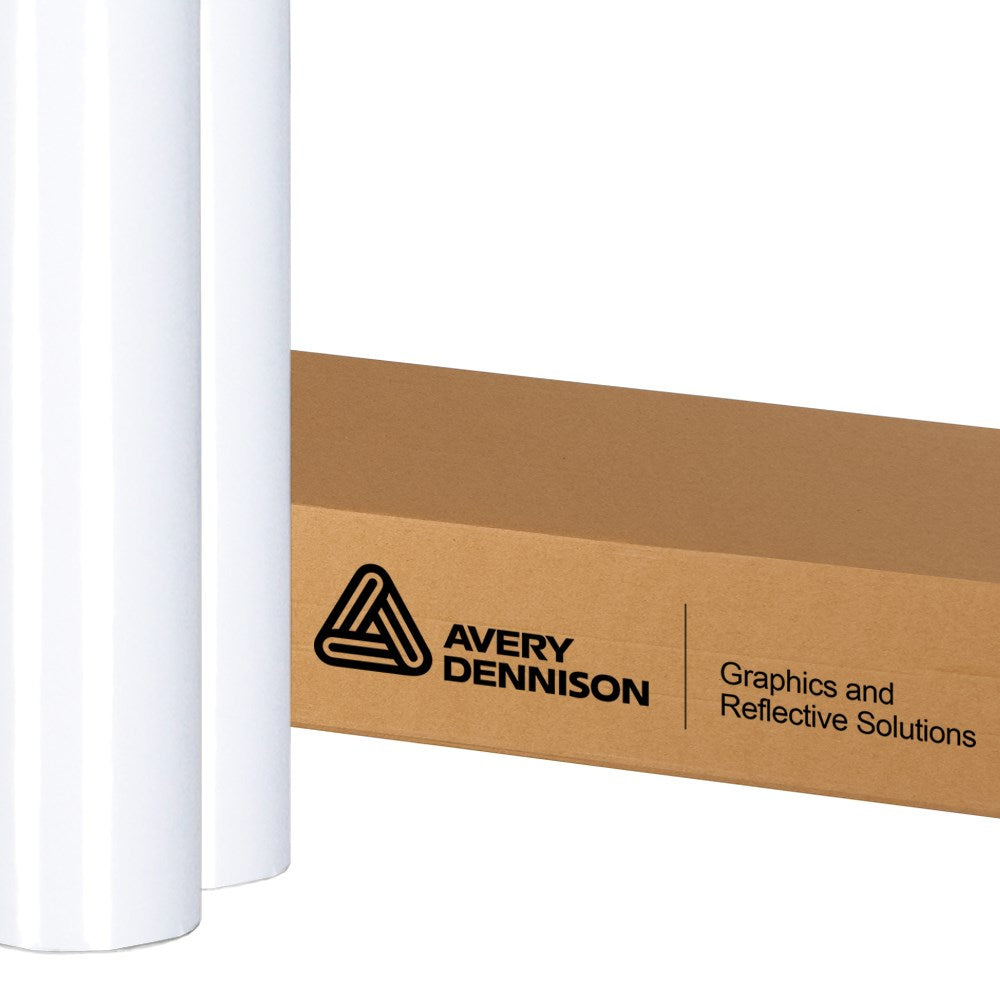If your operation is looking to expand into other markets, consider making an investment in a flatbed cutter with the optional routing system.
Flatbeds outfit with the tangential or drag knife module are obviously an exceptional way to automate high volume cutting operations – particularly if your projects involve finishing and cutting rolls of vinyl, corrugated plastic, foam core, PVC, leather, banner material, fabrics or other textiles.
Adding the optional routing system to a summa flatbed cutter opens your cutting capability immensely. Common Sign shop materials like Foamex, MDF, acrylic, MFC, aluminum, Dibond, foam sheet, carbon fiber sheet, plexiglass, Gatorfoam, Sintra, and plywood are all great materials for routing, while also being go-to options for creating architectural, wayfinding and advertising signs.
We’re going to offer up some valuable routing bit tips so you can avoid common pitfalls and keep your operations humming along profitably.

The first thing to consider before you start routing is your choice of routing bit. A bit can differ in various ways, depending on the type of flute, coating, purpose, shape, etc. Knowing the differences between bits is indispensable to efficiently process your specific routing job. Summa offers 32 varying styles of router bits – covering the majority of materials, cut profiles, and cut speeds seen in the sign and specialty cutting industries.
Here are a few key points to consider when choosing the correct bit for the job.
Multi-Purpose Versus Material-Specific Bits
Most bit manufacturers offer either multi-purpose or material-specific bits, and Summa is no exception.
Multi-purpose bits are considered to be a safe bet for most material and general cutting. However, although they will give you decent cut quality most of the time, multi-purpose bits might not offer the best finish depending on material and your specific job. Also, in terms of durability, these bits generally last very well, but they won’t last as long as if you select a bit specifically designed for the material you are cutting.
Specialized (material-specific) routing bits, on the other hand, can offer a better finish and the longest lifespan as they are designed for efficient cutting on that specific material. These bits have highly engineered cut surfaces and coatings, resulting in a smoother finish, while offering a longer life compared to multi-purpose bits.
A common routing mistake is that operators tend to use multi-purpose bits somewhat universally. To maximize bit life and achieve even, consistently slow wear, operators should dedicate a bit to one substate only and switch bits when switching substrates. Consistent and gradual wear, cutting one material type will save a lot of money in replacement bits over time.
Upcut Versus Downcut Bits
In general, bits have a spiral flute that rotates material up, or down depending on the direction of cut and spiral. The type of spiral will then dictate whether the chips are transported up and out of the cut, (upcut spiral) or down (downcut spiral).
Upcut spiral bits tend to be the most widely used bits because their rotation assists in keeping a nice, clean surface as the debris is pushed up and out of the cut path and towards the vacuum cleaner brush. However, if you need to route small or intricate pieces, you are far better off using a downcut bit. A downcut bit also minimizes cut movement and forces the final piece down, instead of up, where it could get lost or sucked up in the vacuum. A third important consideration for using a downcut bit is that they mar the upper surface of the substate much less than upcut bits. If the surface finish is critical at the location of the cuts, consider a downcut bit.
Single Flute Versus Multi-Flute Bits
Single flute and multi-flute are two other bit categories to take into account when routing. Choosing one or another has much to do with the so-called chip load, which refers to the ability of the bit to cut and clear material when cutting. The chip size is related to the rotational speed of the bit and its feed rate (or cutting speed). Every bit contains a specified ‘chip load’ for a specific material. Chip load is the relationship between the size of a cut material chip and the size of the flute and/or the number of flutes.
"Every bit contains a specified ‘chip load’ for a specific material. Chip load is the relationship between the size of a cut material chip and the size of the flute and/or the number of flutes."
Generally speaking, single fluted bits are a safe bet, and easier to use. A single fluted bit will cut and eject a chip of a specific size as soon as it hits the material. By using a single fluted bit, set at a certain RPM (Revolutions Per Minute), you will be able to cut at a specific speed, dictated by the chip load.
So, when do you use multi-fluted bits? The quick answer is when you want to go faster. Two flutes means that you are doubling the cutting surfaces hitting the material for every bit rotation, which will increase your cutting speed considerably. It will also reduce the size of the cut material with each bit rotation. Trial and error will confirm whether a single or multi-fluted bit will have fewer issues clearing your chips, as some material can clog easier with multi-flute bits.
As with many things, it's a matter of trial and error to find out which bit works the best for your particular job – and striking a balance between speed, chip clearing and cleanliness of cut.
The Higher the Power, the Quicker the Cut? Not Necessarily.
A common mistake is to look at the power of the router motor to determine the router’s speed and productivity. But if you want to achieve high cutting speeds, this doesn’t imply you need raw power (watts). What you do need is Revolutions Per Minute (RPM). The more your bit rotates, the more the cutting edge will strike your material and the quicker it will cut. That depends a lot on the cutting size (diameter) of the bit. So, if your router has enough power, upsize your bit to increase the cutting speed, while keeping in mind that larger bits reduce the ability to make intricate or detailed cuts.
Here are some other Summa Router Bit tips to keep in mind:
- Use a bigger diameter for faster routing. If more details is required, use a small diameter
- To avoid vibration, the length of the bit should be as close as possible to the thickness of the media
- The depth/pass should be limited to 1 time the diameter size of the bit for the standard router and 1.5 times the diameter of the bit for the HF router
- The maximum media thickness should not exceed 3 times the bit diameter
Summa Router Bits – Multipurpose
The following Multi-purpose Summa Router Bits are best for aluminum composites, wood products and laminates, as well as PVC:
- 500-9850 D3/3 L38/11 1FL UC MP (3x)
- 500-9852 D4/4 L50/12 1FL UC MP (3x)
- 500-9854 D6/3 L50/6 1FL UC MP (3x)
- 500-9856 D6/4 L50/12 1FL UC MP (3x)
- 500-9857 D6/6 L50/12 1FL UC BAL MP (3x)
- 500-9858 D6/6 L58/22 1FL UC BAL MP(3x)
- 500-9872 D3/3 L38/6 1FL UC MP (3x)
- 500-9873 D4/4 L50/6 1FL UC MP (3x)
- 500-9874 D4/4 L50/14 1FL UC MP (3x)
- 500-9875 D6/2 L50/6 1FL UC MP (3x)
- 500-9876 D6/3 L50/11 1FL UC MP (3x)
- 500-9877 D6/4 L50/6 1FL UC MP (3x)
- 500-9878 D6/6 L50/12 1FL UC MP (3x)
- 500-9879 D6/3 L50/6 1FL DC MP (3x)
- 500-9880 D6/4 L50/12 1FL DC MP (3x)
- 500-9881 D6/6 L50/12 1FL DC MP (3x)
- 500-9866 D6/3 L50/11 1FL DC MP
Coated Multi-Purpose Bits
Coated bits cut faster and last longer. Aluminum composites up to 4mm thick can be processed in a single pass, at speeds of up to 150 mm/s.
- 500-9865 D6/6 L50/12 1FL UC BAL CT(3x)
- 500-9867 D6/3 L50/6 1FL UC CT (3x)
- 500-9868 D6/4 L50/12 1FL UC CT (3x)
- 500-9869 D6/2 L50/6 1FL UC CT (3x)
- 500-9870 D6/4 L50/6 1FL UC CT (3x)
Summa Router Bits for Cutting Acrylics
This list of bits are specially engineered for efficient cutting in acrylics.
- 500-9882 D6/2 L50/6 1FL UC A (3x)
- 500-9883 D6/3 L50/6 1FL UC A (3x)
- 500-9884 D6/3 L50/11 1FL UC A (3x)
- 500-9885 D6/4 L50/8 1FL UC A (3x)
- 500-9886 D6/4 L50/12 1FL UC A (3x)
- 500-9887 D6/6 L50/12 1FL UC BAL A (3x)
- 500-9888 D6/6 L58/22 1FL UC BAL A (3x)
Specialty Summa Router Bits
- Compression Bit: Up cut and down cut in one, ideal for wood cutting
500-9864 D6/6 L50/22 2FL UC/DC (x2) - V-Groove Bit: Ideal for ACB materials
500-9863 D6/10 L50/6 V Groove 2FL 90°(x2) - Polishing bit: Provides a better surface finish in acrylic – for use with the High Frequency Router only
500-9859 D6/6 L
Shop all Summa Standard and High Frequency Router bits here:




